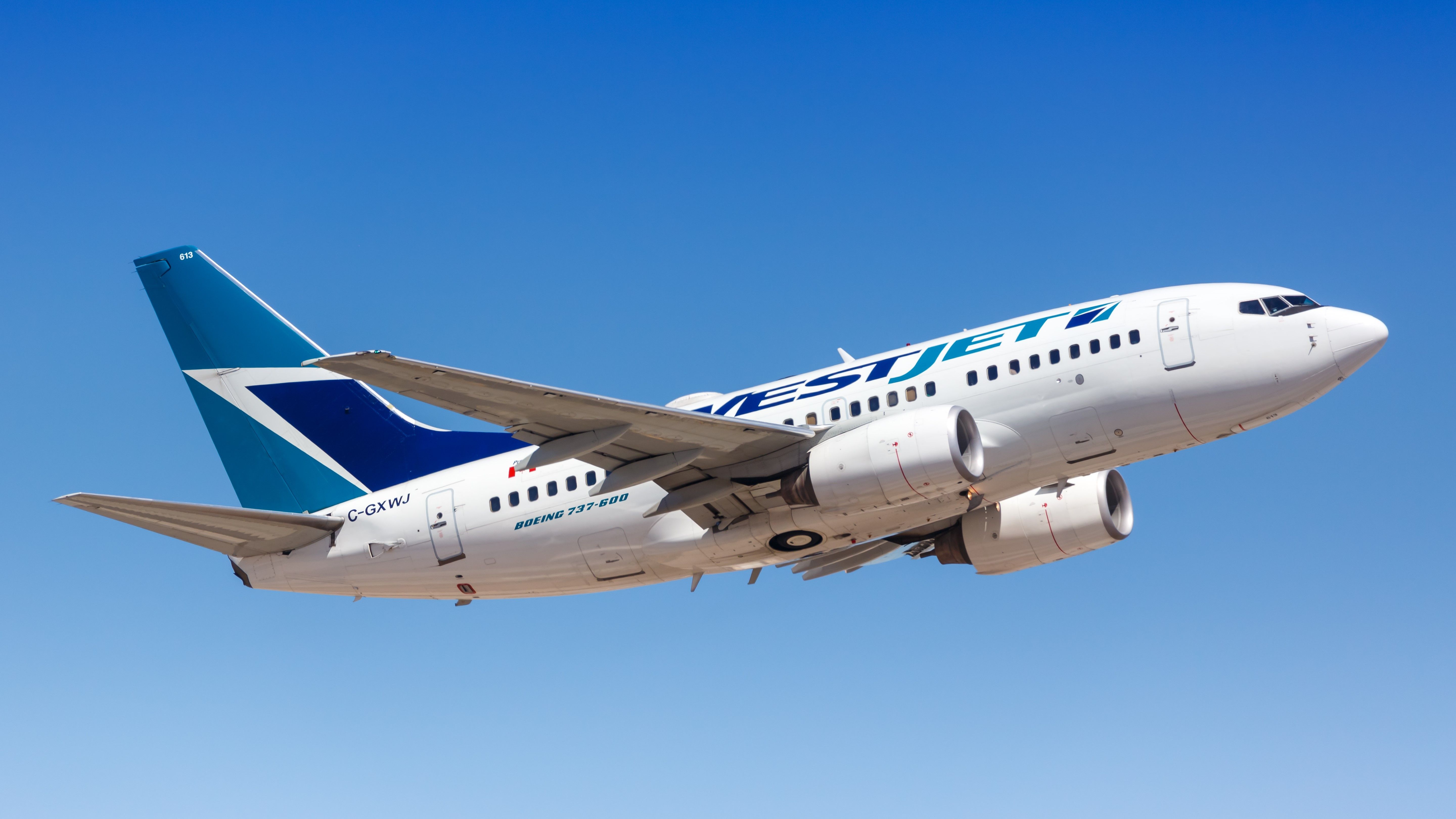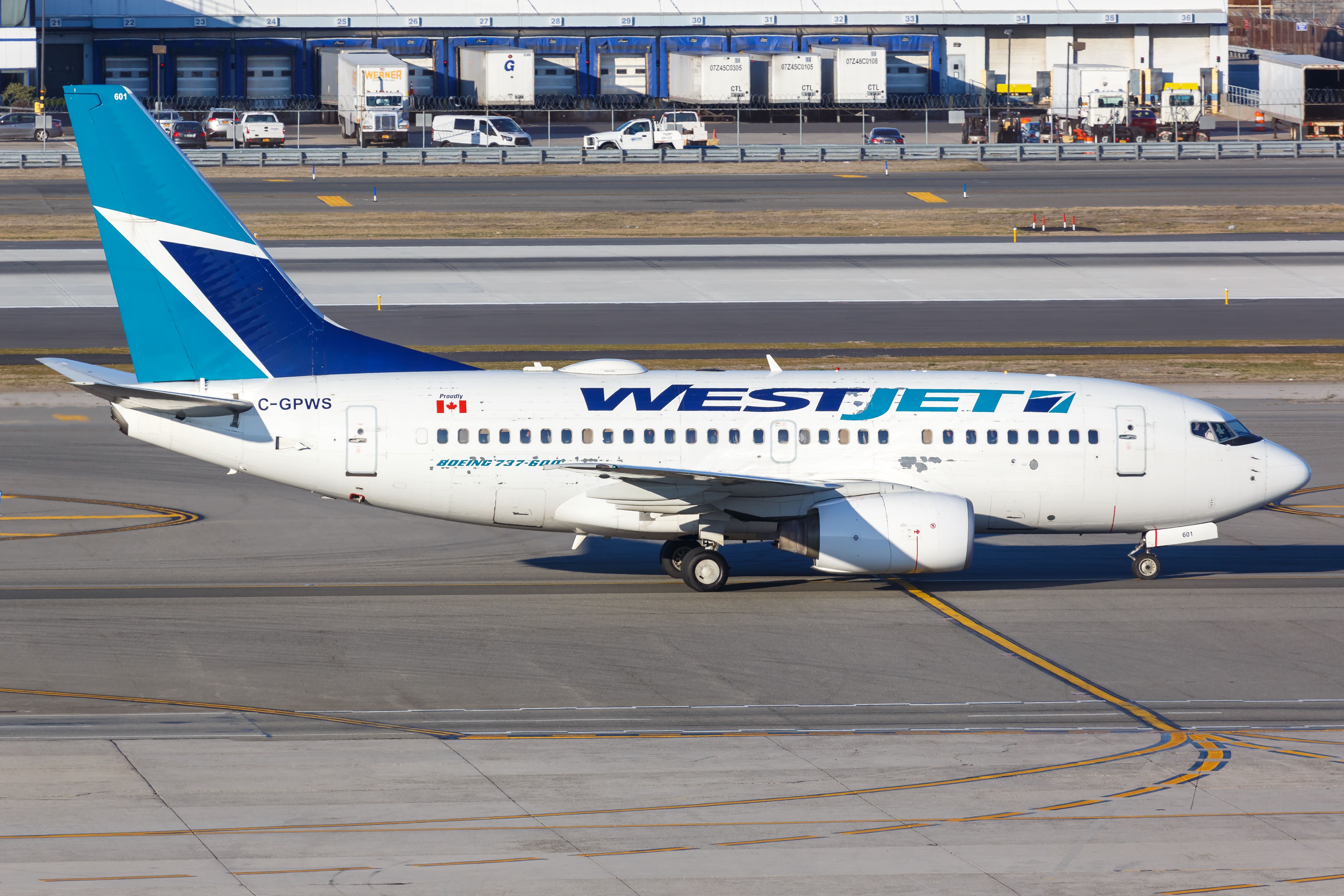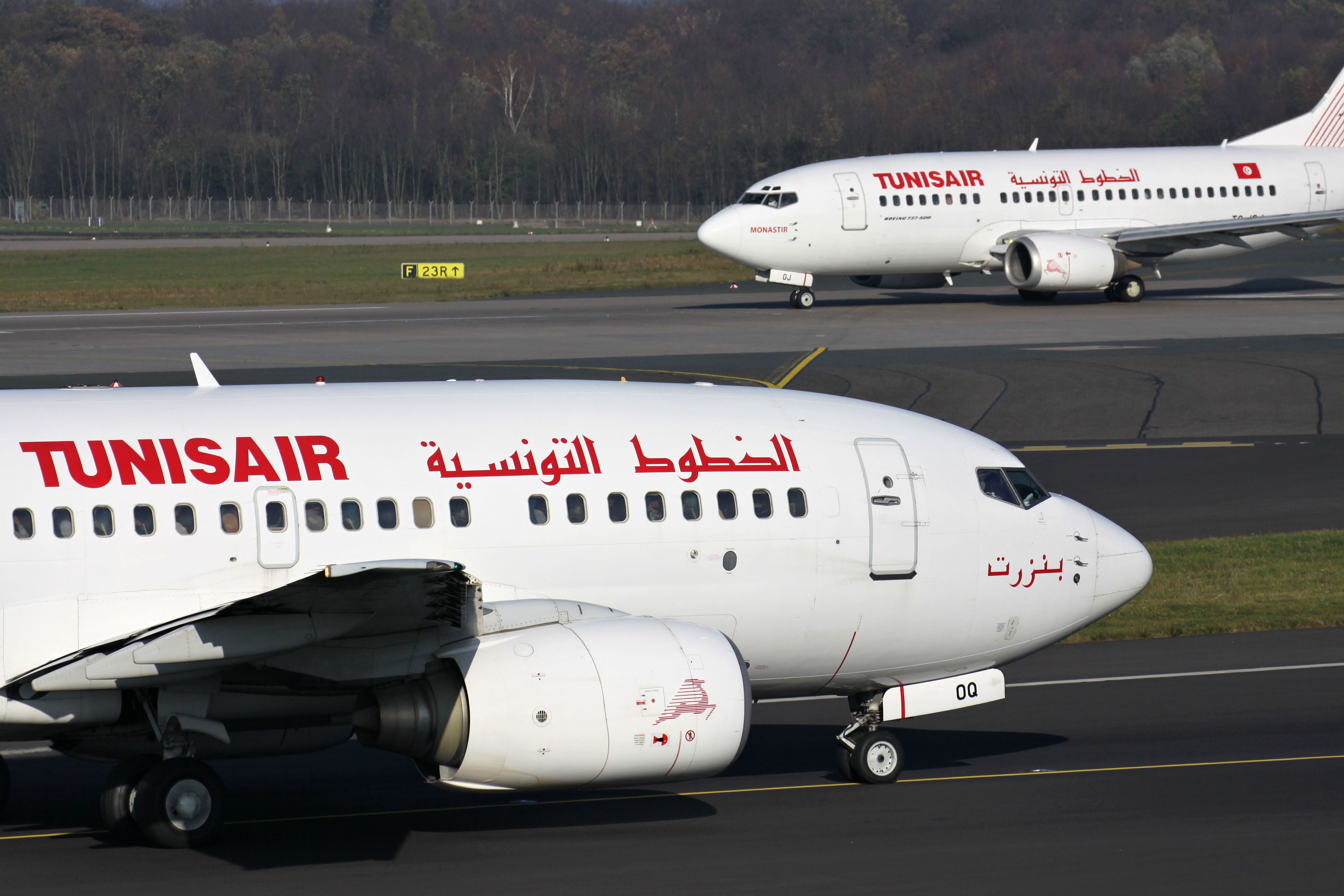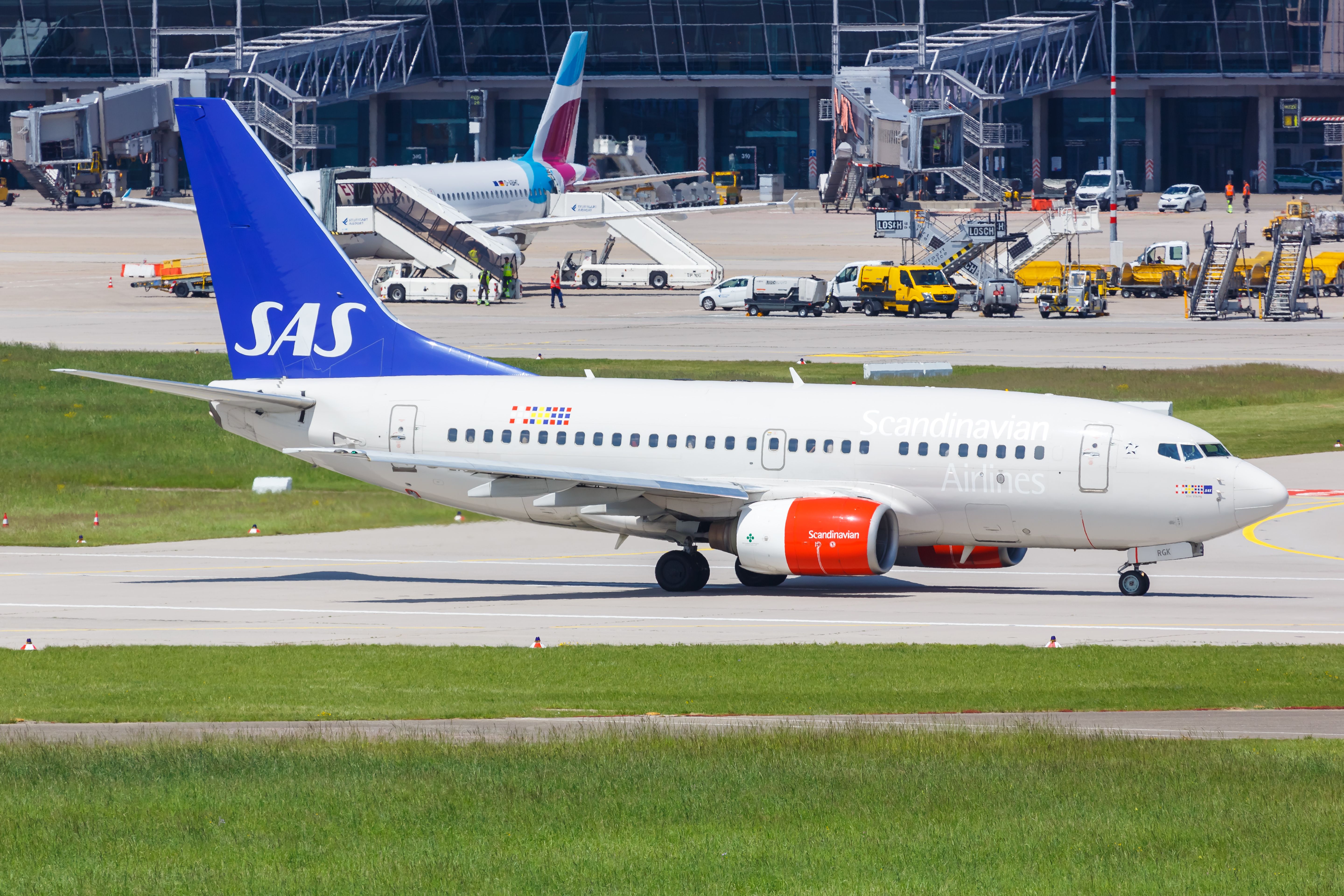The Boeing 737-600 has never been popular a popular aircraft. There are just 13 in active use across three operators: 'JANET' (operating for the US Air Force by AECOM Federal Services), Air Algérie, and KF Cargo as Aeroflyer. Former operator Tunisair has relegated the entirety of its 736 fleet to storage at Tunis-Carthage International Airport (TUN), and four ex-WestJet airframes have remained on the ground at Marana Regional Airport (AVW) since 2021.
Whatever happened to WestJet’s 736s?
Despite all four aircraft retaining their Canadian registration, WestJet is absent from the active users list. Previously boasting a fleet of 13 112-seat 736s, the Canadian carrier became the largest remaining operator following SAS retirement of the type in 2019. In the wake of the COVID-19 pandemic, WestJet removed reference to the 736 from its website, shifting its operations to its newer -700, -800, and MAX jets.
In early 2023, seven aircraft were purchased by Atlanta-based Aventure Aviation for scrap, while two remain in active service with British Columbia-based service KF Cargo in its former 119 two-class configurations.
Less attractive economics
Like with Airbus’ A318, the unpopularity of the 736 is primarily because of its higher weight in relation to equivalent aircraft. The -700, only slightly heavier, has a much greater payload. This means that the economics of the -600s were unfavorable for many airlines. It also reflects the trend for higher capacity narrowbodies with lower unit costs and greater revenue opportunities.
However, during its 25 years of service, the type managed to fill some particular niches across the aviation industry, offering a range of up to 3050NM (5648km) alongside a low-capacity cabin.
In Algeria, the type has become a reliable but steadily aging backbone of flag carrier Air Algérie’s network, connecting the capital city’s primary airport Houari Boumediene International Airport (ALG) with lower-demand destinations including Oran’s Ahmed Ben Bella Airport (ORN), Lyon–Saint Exupéry Airport (LYS), Thomas Sankara International Airport (OUA) in Ouagadougou, and Nouakchott–Oumtounsy International Airport (NKC).
However, as Air Algérie shifts to modernize its operations with the newer, economical MAX 9 variant over the coming years, the aircraft’s days may be numbered.
SAS was the #1 airline
SAS retired the last of its -600s in November 2019 after 21 years. It was the launch customer of the variant in 1998 and became the largest 736 operator, with a total of 30 examples operated in all. Combining its 2004 to 2019 operations, the Scandinavian operator had half (51%) of all seats by the 736 worldwide.
Love aviation history? Discover more of our stories here
Over three-quarters of seats were deployed domestically in its last year with SAS. The 429-mile link from Stockholm Arlanda Airport (ARN) to Luleå Airport (LLA) was the number-one domestic route, while internationally, it was Arlanda to Helsinki Airport (HEL). On average, Sweden saw eight in ten 736 seats in its final year of operations with SAS.
What’s next?
With just 11 of the type remaining in storage, hope for a 736 renaissance remains low.
While many aircraft find a second life on the cargo market as freighters, airlines have yet to register any interest in converting available airframes, instead opting for higher-range and higher-capacity variants.
Despite the doom and gloom for its future, the aircraft doesn’t show any time of slowing down soon, with JANET, Air Algérie, and KF Cargo. Though it continues to rack up operational hours, the 736 is likely to remain in the skies for a long time to come.
Have you flown on the 736? What was your experience? Let us know in the comments.




